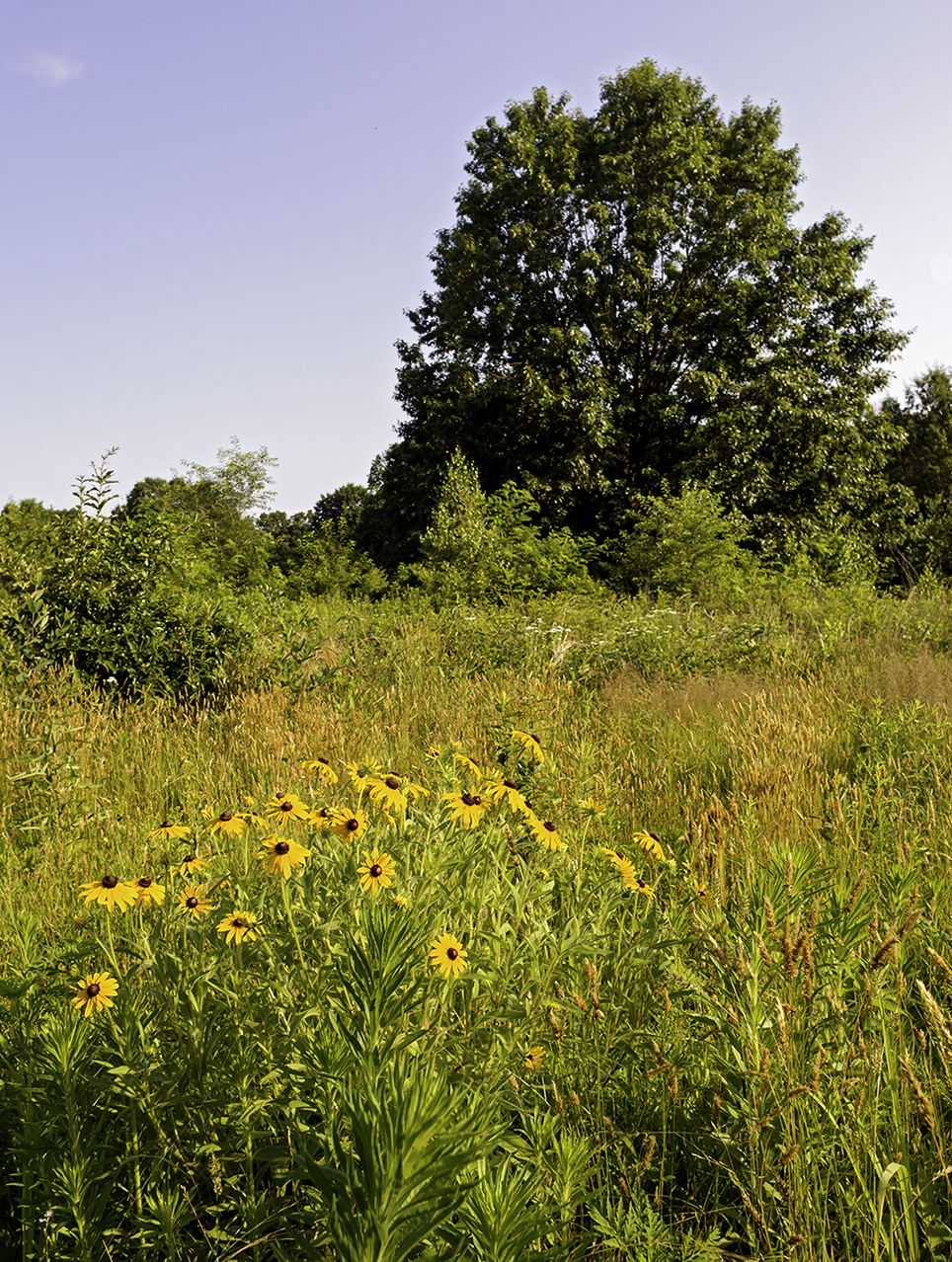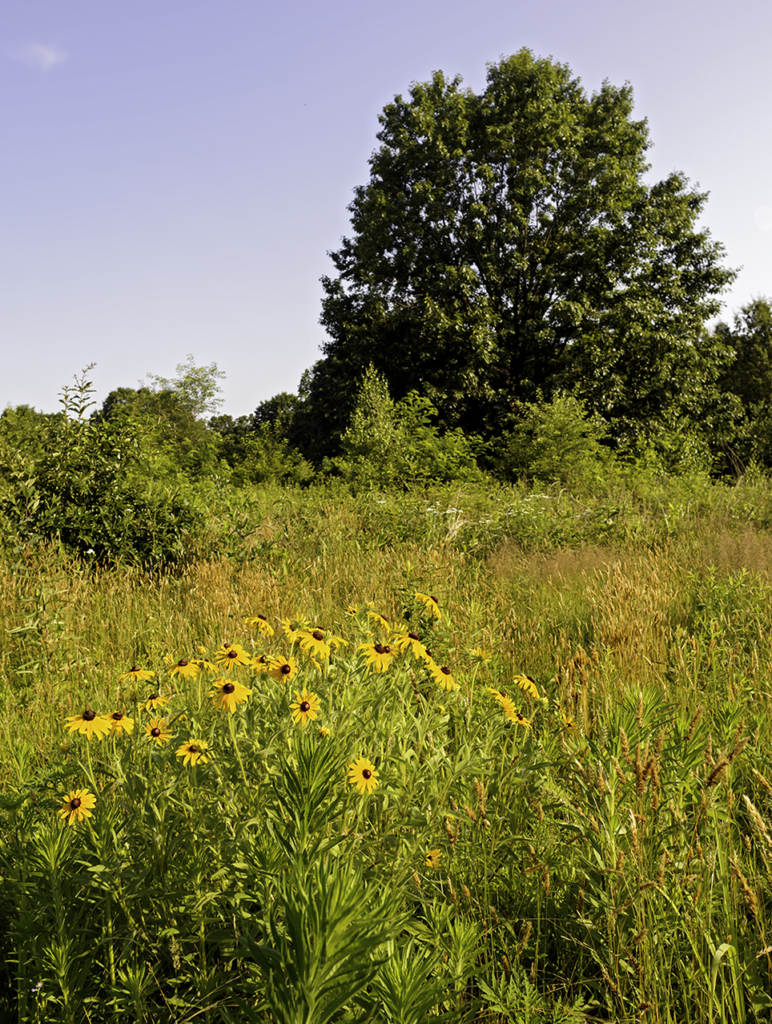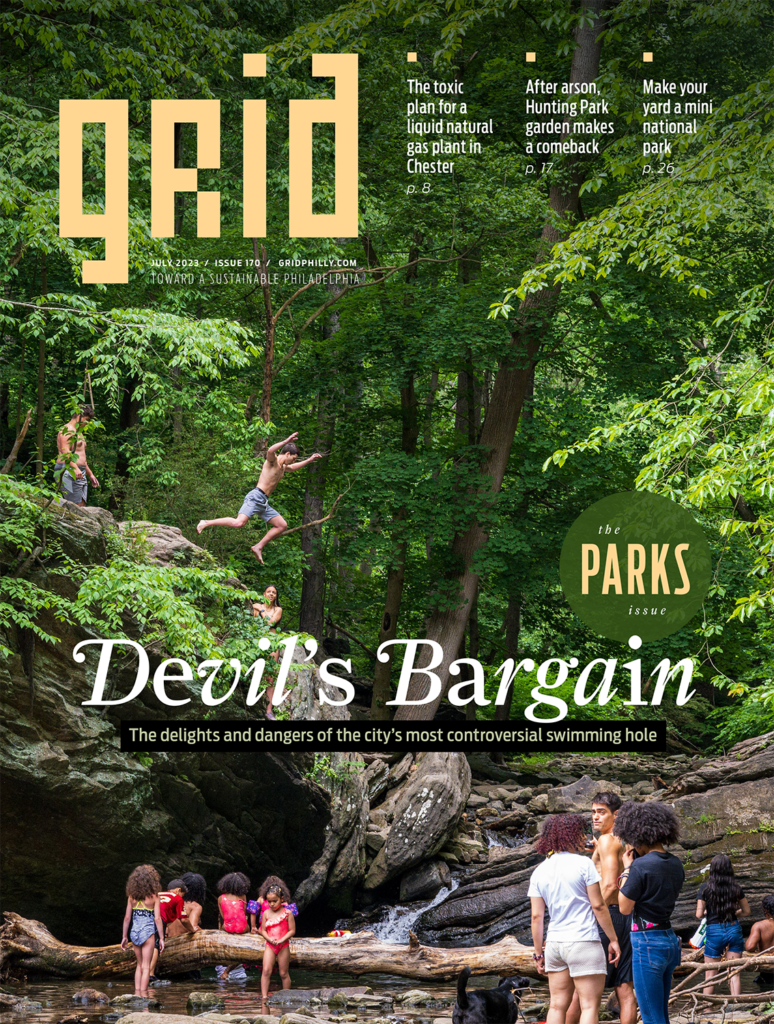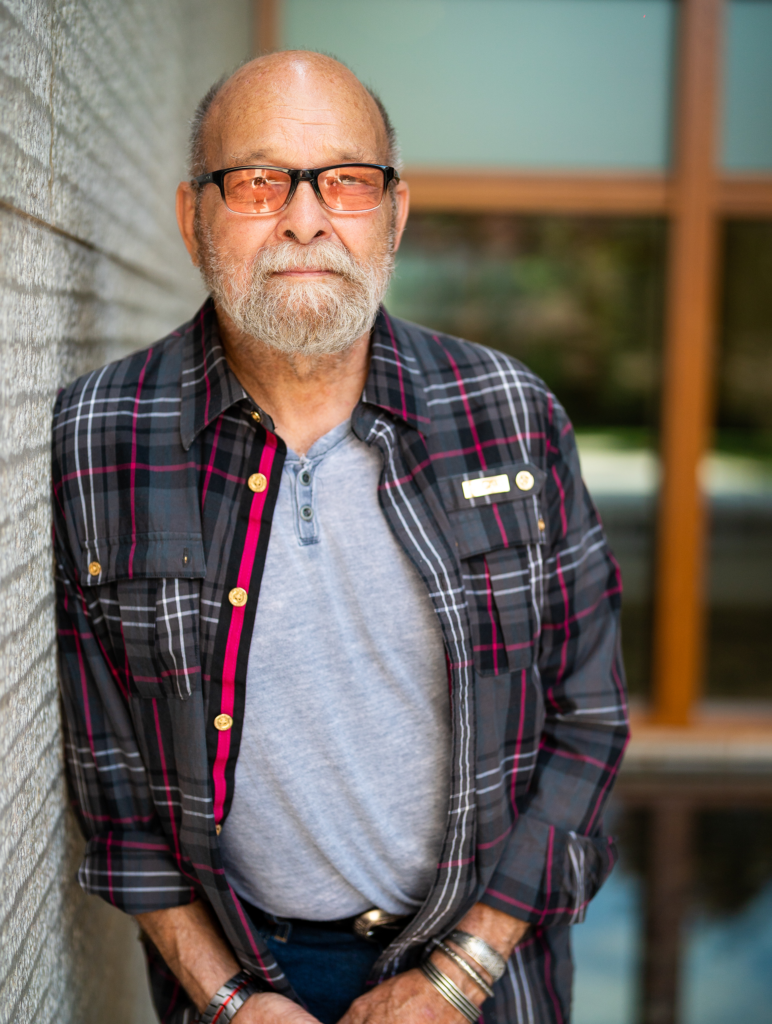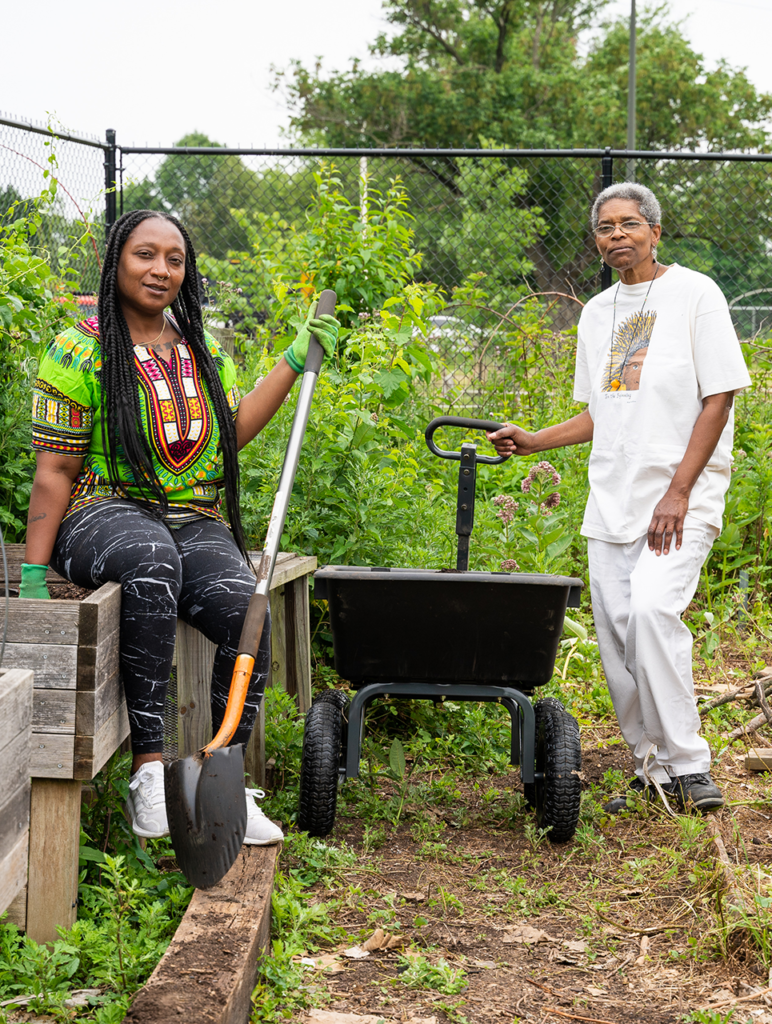Building on Philadelphia’s history as the “Garden Capital of America,” conservancy groups, landscape designers, urban horticulturists and backyard growers in our region are taking part in a revolutionary shift in gardening. By incorporating native plants — the trees, shrubs and herbaceous plants that flourished here over 200 years ago — into local landscapes, these practitioners are moving beyond gardening for people toward gardening for people and the planet.
“In the past, we have asked one thing of our gardens: that they be pretty,” writes Doug Tallamy, entomologist, author and founder of nonprofit Homegrown National Park. “Now they have to support life, sequester carbon, feed pollinators and manage water.” Choosing native plants is a simple, transformative act we can take.
Allison Schapker, chief projects officer at the Fairmount Park Conservancy, shares the reasons the conservancy’s work includes going native. “In every landscape we manage, regardless of scale or location, we are always thinking about providing beautification and spiritual uplift for residents, while providing ecological uplift.” To get the most from their financial investments, the conservancy designs gardens to deliver a broad range of benefits: natural beauty, wildlife food, even stormwater management. Their ongoing work at FDR Park includes numerous native plant installations. Next up is the creation of a native plant habitat at the Johnny Sample Recreation Center in Cobbs Creek Park.
Roxborough Manayunk Conservancy (RMC) stewardship coordinator Tom Landsmann is a passionate propagator of natives. On an ingeniously designed compact property, Landsmann operates a private nursery for RMC’s reclamation projects. Landsmann, a lanky former marathoner largely self-taught in horticulture, recalls riding his bike to Pennypack Park, his childhood playground. He remembers the park as a mess of illegal dumping and neglect, but it introduced him to the quiet enjoyment of nature. In 2005 Landsmann began converting his secluded riverfront plot from a weed-choked junkyard into a richly fertile nursery. Since then, Landsmann estimates that, under the dappled shade of graceful trees, he has nurtured about 6,000 native white oak, river birch, sugar maple, shagbark hickory, ash, cedars and beech trees — and various shrubs — from seedlings to maturity. While he stops short of naming his plants (although he did refer to a lone Jack-in-the-pulpit as “my Jack”), his respect and affection for the plants under his care is palpable.
It’s easy to plant natives. The reward is not just a pretty plant. You want a landscape that’s low maintenance. You want it to look pretty and attract interesting things.”
– Tom Landsmann, Roxborough Manayunk Conservancy
RMC began as a group of concerned citizens hoping to protect vulnerable land from development. It now cares for 18 sites, most notably the Roxborough Reservoir, where Landsmann estimates the group has planted more than 1,000 trees. Reclamation work requires considerable time. In Landsmann’s estimation, “if you put 100 or 1,000 hours into something, you want to see results. The bottom line is, it’s easy to plant natives. The reward is not just a pretty plant. You want a landscape that’s low maintenance. You want it to look pretty and attract interesting things.”

The Philadelphia Orchard Project (POP) has been planting fruit trees across Philadelphia since 2007 with a specific goal in mind: making fresh fruit available to people with limited access. Co-executive director Phil Forsyth explains that POP plants both native and non-native trees since most of the fruit Americans eat is non-native. Apples, for example, did not originate on this continent. Forsyth promotes more widespread use of our native fruits, in particular the little-known pawpaw. Dubbed the “banana of the North,” the delicious pawpaw is native to Pennsylvania, as are juneberries, chokecherries, maypop vine and, of course, blueberries. Fruit trees can be notoriously tricky to grow, but not so with natives. “If I plant something native it’s automatically going to be happy,” Forsyth says. “Native fruit trees have a special relationship with native insects and the wildlife that depend on them. They provide habitat and food for a greater part of the ecology.”
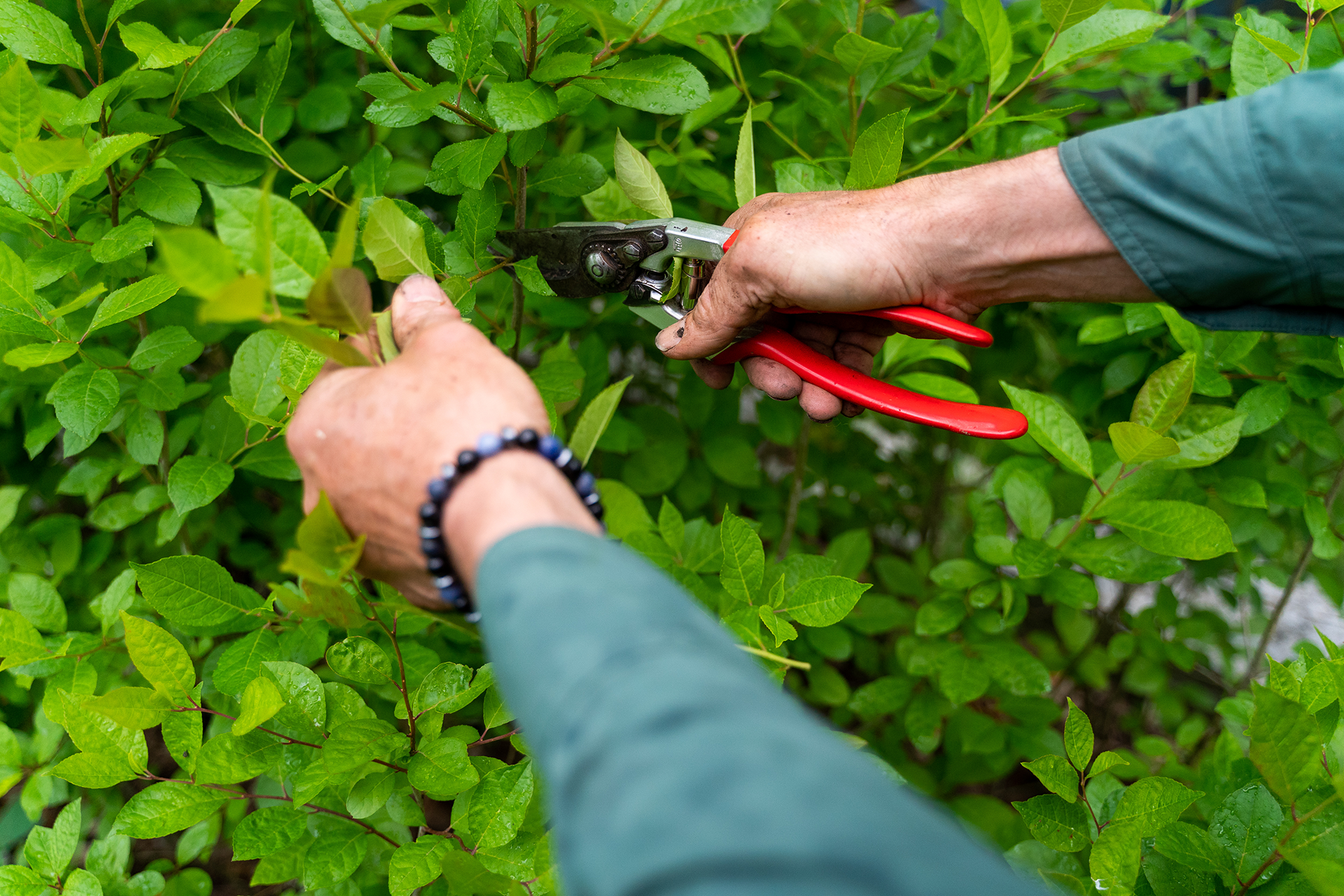
Blueberries, as Jeff Lorenz, co-founder of Refugia Design, Inc., discovered, are a powerful “gateway plant” for homeowners unsure about adding natives to their landscape. There used to be a reluctance to use native plants for fear that they would create a “fuzzy” look instead of the manicured lawn or the showy plant “bling” we have been conditioned to expect from our gardens. What began years ago as a trend is now, Lorenz believes, a powerful movement toward creating sustainable, gorgeous native landscapes. A Temple graduate who hires “native talent” from his alma mater, Lorenz launched his business in 2015 to design and install native habitats for homeowners. These gardens serve as what he describes as “connective tissue,” linking municipal parks and preserves into a healthy ecosystem across our region.
Lorenz likens native plants to “an EV for your garden.” His list of potential benefits includes sequestering carbon, absorbing stormwater, promoting plant resiliency, creating cooling shade, preventing erosion and supporting a food web for pollinators and wildlife. “You’re not gardening just for eye candy, but you can still have the eye candy” with gardens designed for lush color and visual interest across the seasons. Lorenz notes that while city dwellers often travel to experience nature, “with native plants in your backyard you can experience nature at home.”
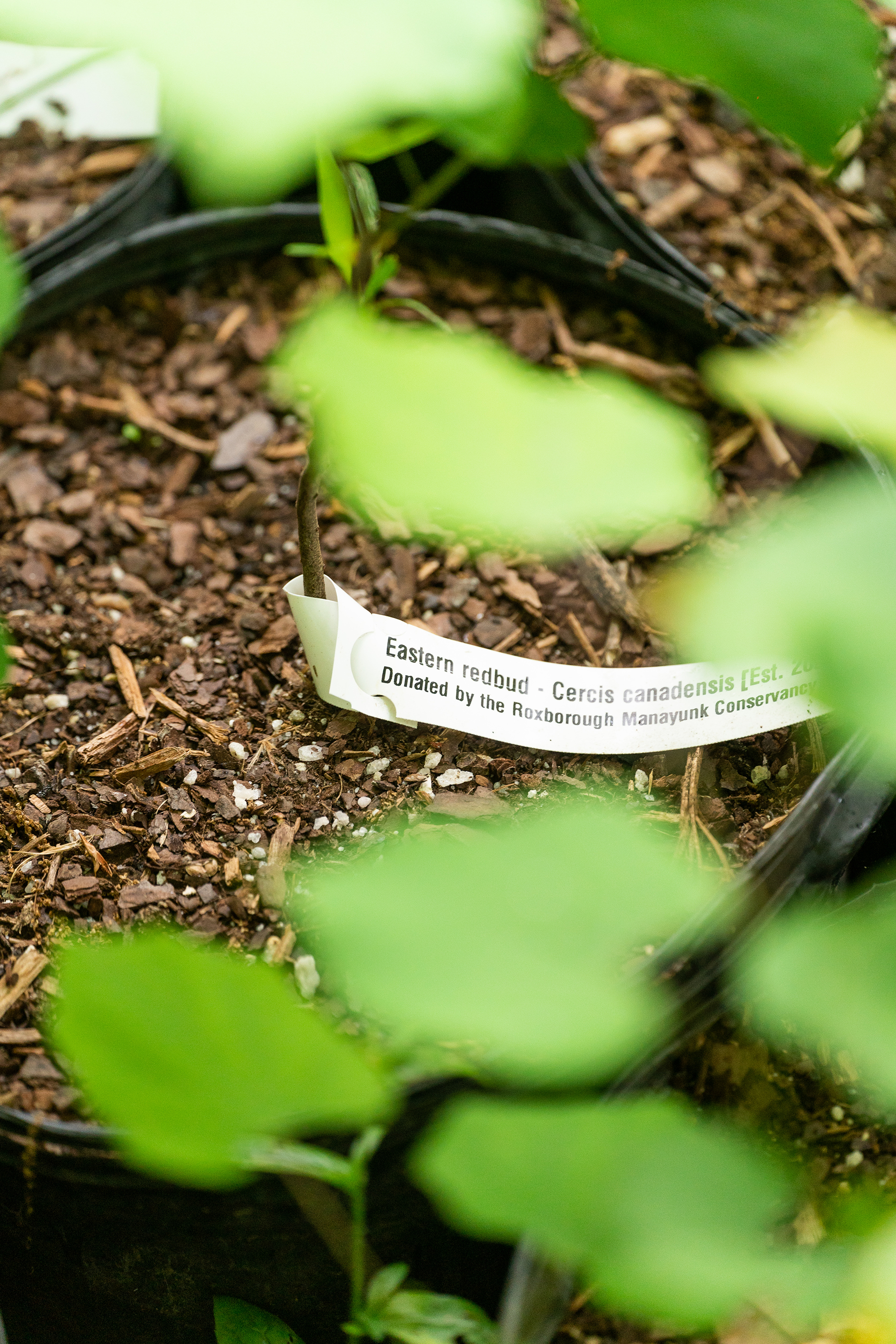
Tallamy’s initiative, Homegrown National Park, wants to inspire 20 million acres of native plantings across the United States. Thanks to Audubon Mid-Atlantic’s cleverly-named “2020 Birdy Dozen” list, it’s easy to know what to plant. Every small-scale planting matters, even in urban and suburban gardens. As Fairmount Park Conservancy CEO Maura McCarthy says, “the thing to remember is it’s not all or nothing. Every native plant has value.”
And Landsmann asks you to consider this question: “How much more beautiful does it make a flower when it attracts a swallowtail or monarch butterfly or a ruby-throated hummingbird?”


